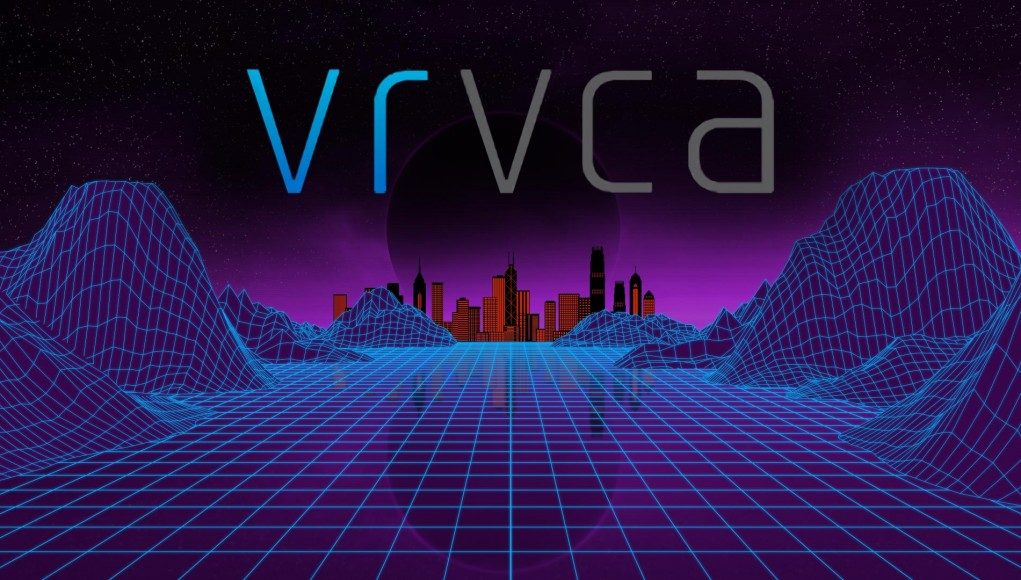This week at MWC Shanghai, HTC announced the Virtual Reality Venture Capital Alliance (VRVCA), a consortium of 28 venture capital firms focusing their funds on virtual reality. Collectively, the group represents more than $10 billion in capital aimed at growing the VR industry.
VR has become one of the hottest themes in tech investment in the last few years. We noted late last year that there was more than $136 million investments made in the VR space in November 2015 alone, and, according to VR market intelligence firm Greenlight VR, the industry saw $900 million invested in total through 2015.

And it looks like things are only continuing to grow. HTC announced this week the VRVCA, a consortium of venture capital firms who collectively have $10 billion ready to funnel into the VR industry (including the related technologies of augmented and mixed reality). The group is headed by HTC’s China Regional President of VR, Alvin Wang Graylin.
Mind you, this massive sum of cash is not yet disbursed, it is the claimed aggregate of the group’s deployable capital. In that way, the VRVCA seems mostly like a show of force and conviction by the collective that VR is destined to change the way we work, play, and communicate.
“This is the first time such renowned VCs are joining hands at this scale to drive the future of a new industry, rather than competing to find the best deals for themselves,” said Graylin who heads the VRVCA. “The disruption potential of VR on the world is hard to ignore and the VRVCA itself is a form of innovation in the financial industry to deal with its impact.”
Among the 28 venture capital firms of the VRVCA is some of the world’s most senior VC firms, including Sequoia Capital (1972) and Matrix Partners (1977) who, between just the two of them, have raised some $5.82 billion in capital over the years and have seen 66 IPOs, according to Crunchbase.
The VRVCA says they’ll meet every two months in Beijing and San Francisco and are actively accepting pitches. The group is interested in funding seed to pre-IPO companies working on “Industry vertical applications (enterprise, healthcare, education, social, events etc), content (gaming, VR movies, streaming etc), base technologies, tools, platforms, infrastructure/hardware, peripherals, accessories… anything with potential or traction.”

The announcement of the alliance comes shortly after HTC announced their Vive X accelerator which, itself part of the VRVCA, previously announced a $100 million inaugural fund targeting virtual reality technology.
HTC says the first group of companies to join the Vive X accelerator will be announced in July after having received some 1,200 applications to the program, more than 50% of which came from China. The second Vive X batch will open in November, 2016 and kickoff in January 2017.







